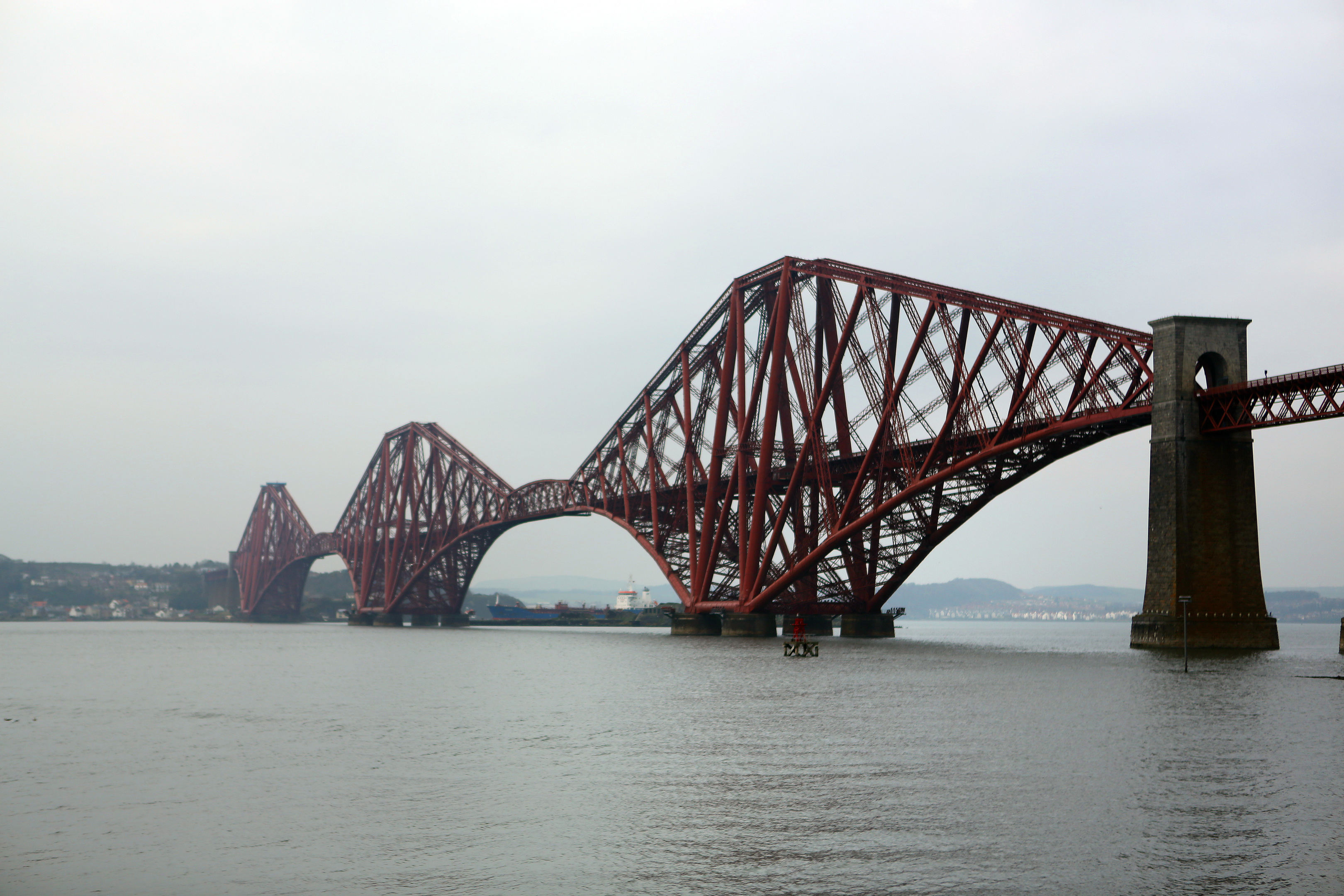We’ve been told in recent months that one of the keys to unlocking the potential of both the much-mooted Tay Cities Deal and the wider Edinburgh City Deal is connectivity.
So it’s a source of great frustration for many, myself included, that this great Kingdom of Fife has been deprived of a proper, inclusive rail network for so many years.
I’ve vented a few times in the past about the lack of carriage space on certain services; the state of some of the carriages we are ‘treated’ to; the cramped conditions on peak time services between Edinburgh and Kirkcaldy in particular; and the apparently increasing number of times you get on a train only to find yourself on a ‘replacement bus service’, and at weekends no less.
And don’t get me started again on the price of these journeys from Fife to further afield.
But the real disgrace – there’s no other word for it, really – is the fact that we’ve still got a large swathe of region that finds itself effectively cut off from the railways, even though the case for reinstatement has been made over and over again.
St Andrews, for me, is the prime example, as it’s one of the first destinations on the lips of tourists and visitors from across the globe yet it’s only directly accessible by car or bus. Don’t get me wrong, the bus and taxi service from the nearest station at Leuchars is fine, but since the railway closed in 1969 the town’s population has significantly increased – as has the influx of University students each year.
With accommodation also becoming more expensive in the town itself, a lot of people who work in St Andrews now have little choice but to commute in every day, and that merely contributes to streets clogged up with traffic and town centre car parking spaces at a premium.
By offering an alternative to the road, a railway to St Andrews would clearly alleviate the situation.
That case has been made, but still no firm action.
Then there’s Levenmouth, billed by campaigners pushing for the railway’s return as the largest urban area in Scotland not directly served by rail.
In some ways it could be argued that the lack of a rail service to communities there is even worse, as the previously mothballed line between Thornton and Leven is still intact and only covers a distance of around five miles.
The road connections to the area are still pretty poor despite the growth in housing locally, but the restoration of both passenger and freight services – serving the likes of Diageo, Fife Energy Park and Earlseat – would be a massive fillip for an area which is known to have one of the highest concentrations of deprivation in Fife.
Of course, we mustn’t also forget about the opportunities in west Fife now that Longannet has closed, and the prospect of a ‘Forth Circle’ link between Alloa and Dunfermline – building on the success of the Stirling-Alloa-Kincardine line – cannot be overlooked either.
Yes, reinstatement of these links would cost a fair chunk of change, but it’s surely a price worth paying.
We’ve got a brand spanking new bridge opening later this year, but it simply has to be complemented with greater choice on the tracks.
